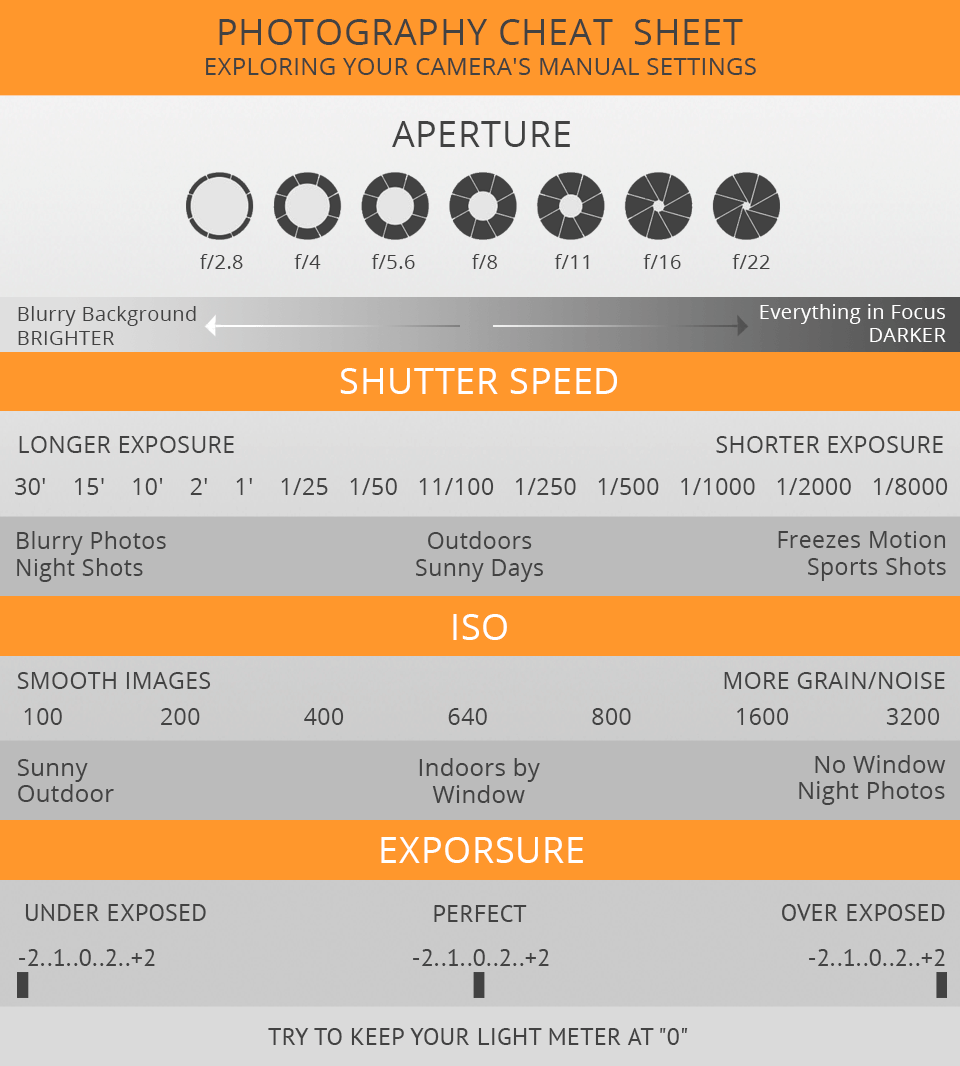Transform Your Photography By Mastering Lights Methods That Can Elevate Your Pictures-- Uncover The Typical Pitfalls That Could Be Holding You Back
Transform Your Photography By Mastering Lights Methods That Can Elevate Your Pictures-- Uncover The Typical Pitfalls That Could Be Holding You Back
Blog Article
Created By-Beck Godwin
As a photographer, you recognize that lights can make or break your pictures. Understanding the nuances of both natural and fabricated light is necessary for recording the mood and clarity you aim for in your job. Whether you're going after the ideal golden hour radiance or adjust your man-made setups, mastering these aspects can elevate your digital photography considerably. However there are common pitfalls that lots of ignore, and acknowledging them can transform your approach to every shoot. Let's discover what you might be missing out on and just how it can affect your outcomes.
Comprehending Natural Light
Recognizing all-natural light is critical for any professional photographer looking to improve their work. It's the foundation of wonderful digital photography, influencing state of mind, tone, and clearness. When https://telegra.ph/How-To-Select-The-Right-Cam-For-Your-Photography-Requirements-01-08 shoot outdoors, pay attention to the moment of day. The gold hour-- shortly after dawn and prior to sundown-- offers soft, cozy light that can change common scenes into magnificent images.
Don't undervalue the power of overcast days. Cloud cover diffuses sunlight, producing a soft, also light that's best for portraits and macro digital photography. You'll locate shades appear this sort of lighting without severe darkness.
Placing issues, as well. Constantly consider your subject's positioning to the source of light. If the sunlight's behind your topic, you may wind up with a shape, which can be dramatic but mightn't be what you desire. Alternatively, straight sunlight can produce unflattering shadows.
Trying out angles; in some cases, altering your point of view can generate impressive outcomes. Usage natural reflectors, like water or sand, to bounce light onto your subject, adding measurement.
Mastering Artificial Light
Mastering synthetic light is essential for professional photographers who intend to take their skills to the next level. Whether you're making use of speedlights, workshop strobes, or continuous lights, understanding how to control these resources can significantly enhance your photos.
Beginning by acquainting yourself with the basics of light quality, instructions, and shade temperature. Explore different modifiers like softboxes, umbrellas, or grids to manage the soft qualities or violence of the light.
You'll locate that soft light commonly produces complementary results, while harsher light can add drama and depth. Do not shy away from shadows; they can boost the three-dimensionality of your topics.
Pay very close attention to the placement of your lights. A light located as well near to your topic can create unflattering results, while as well far away can result in a lack of detail. Utilize a light meter or your electronic camera's histogram to ensure you're subjecting appropriately.
Finally, remember that man-made light can be blended with ambient light for imaginative effects. Stabilizing these resources might take practice, but once you master it, your photography will absolutely beam.
Methods for Different Scenarios
When you enter various capturing circumstances, adjusting your lights strategies is important for catching the most effective images. For outside portraits, utilize the gold hour-- early morning or late afternoon light-- to soften darkness and boost skin tones.
If it's a rough noontime sun, take into consideration using a reflector to jump light back onto your subject or seek shaded areas for a more also direct exposure.
In low-light scenarios, like interior occasions, enhance your ISO and use a broad aperture to let in more light. A tripod can assist remove camera shake, enabling longer direct exposures without obscuring.
If you're shooting at night, experiment with off-camera flash to produce vibrant lighting and depth in your images.
For item digital photography, make use of diffused illumination to prevent severe reflections. Softboxes or light outdoors tents can help attain this effect.
When photographing landscapes, consider the instructions of light and time of day, as it can dramatically transform the mood of your shot.
Always prepare to readjust visit the up coming website and positioning based on the situation, as adaptability is vital to mastering illumination in photography.
Conclusion
In conclusion, understanding lighting is essential to boosting your photography skills. Accept natural light's appeal throughout golden hour, and do not shy away from experimenting with synthetic light techniques. By adjusting your approach to different situations, you'll catch magnificent photos that resonate with feeling and clarity. Best professional photographer near me in mind, the right lights can transform a regular shot into something phenomenal, so maintain exercising and refining your understanding of both all-natural and man-made light. Delighted capturing!
